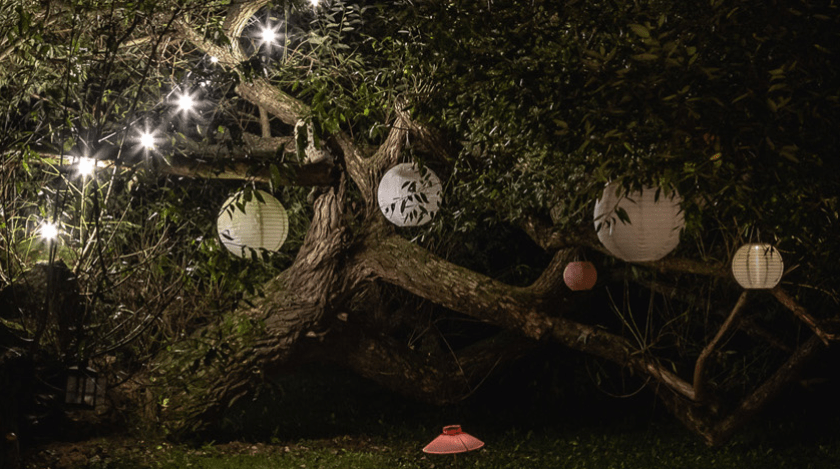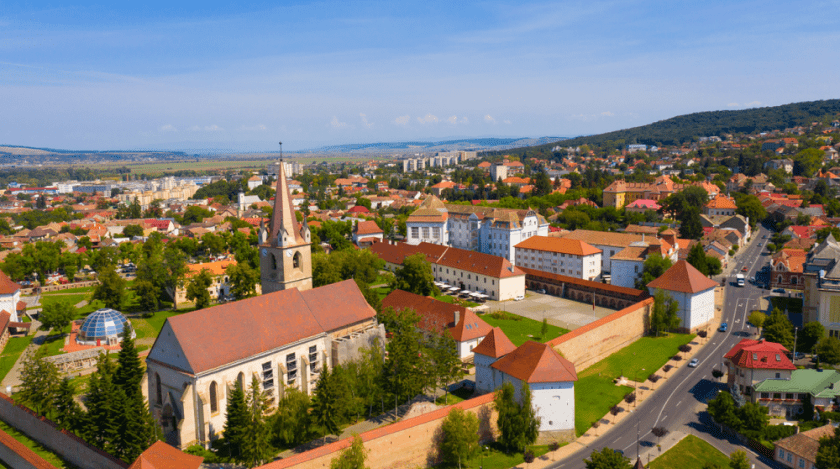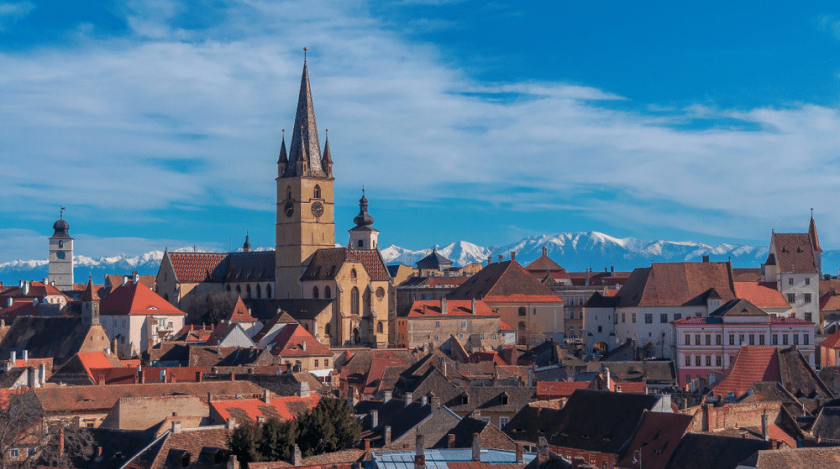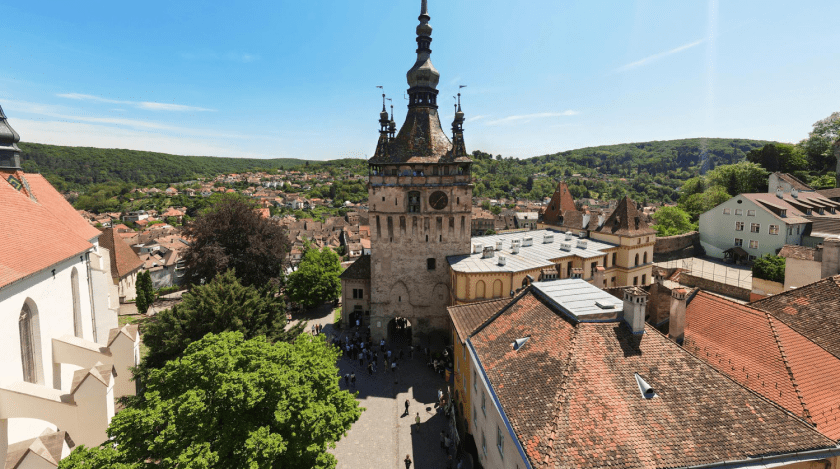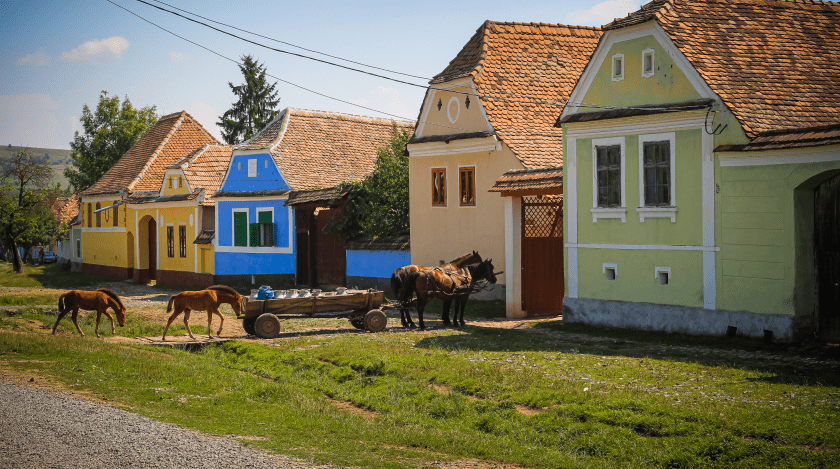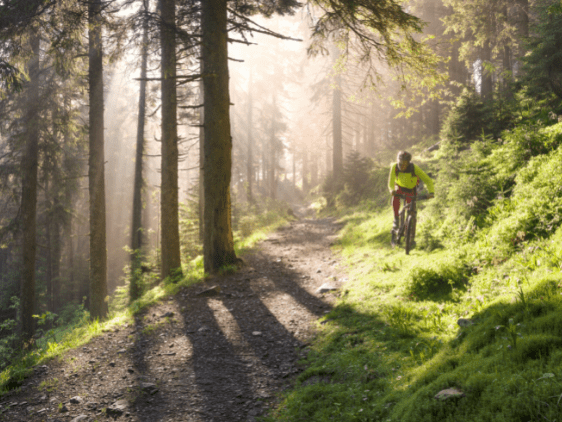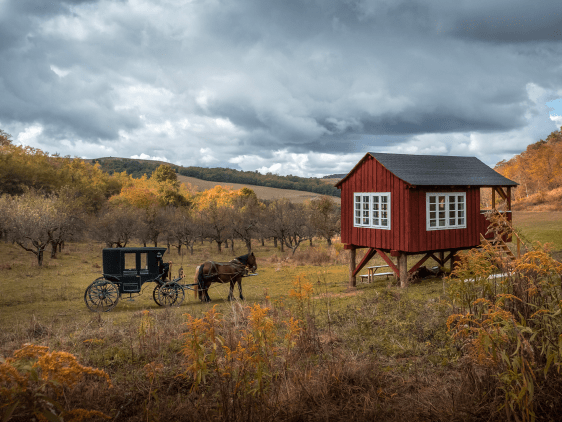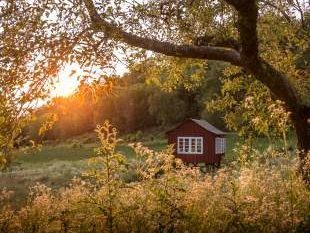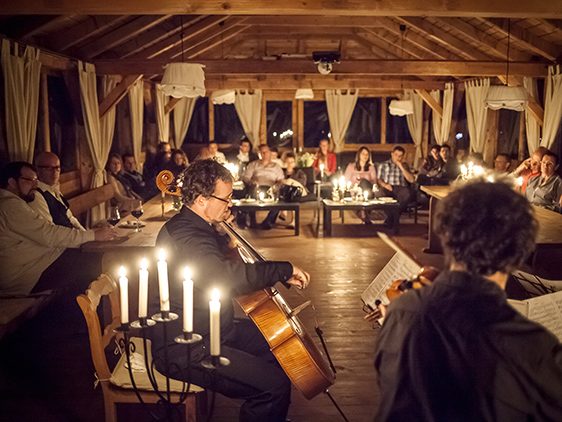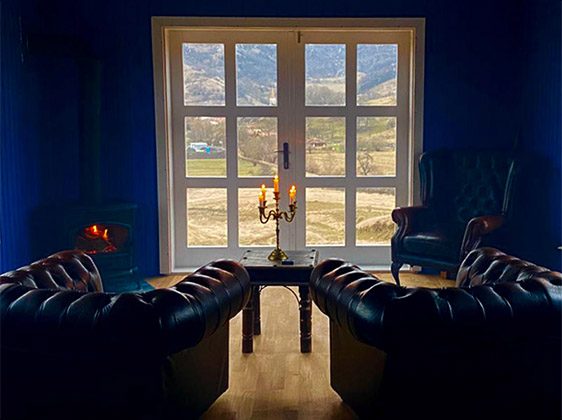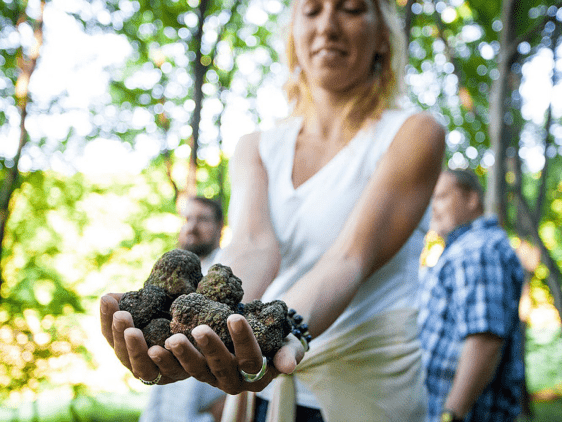Transylvania’s beautiful forests are home to a wide variety of wildlife and delicious produce. We love foraging for wild plants, herbs, and mushrooms, but the most spectacular edible treasures to be found are truffles – the black gold of the Transylvanian wilderness!
We were curious to find out about the history of truffle hunting, which became a UNESCO Intangible Cultural Heritage of Humanity in 2022 (inscribed by Italy).
The hunting and eating of aromatic truffles dates back to the Bronze Age and Mesopotamia. The practice appears in the records of many ancient cultures, such as the Egyptians, Greeks, and Romans.
The origin of the word truffle seems to be the Latin word tuber, meaning “piece”, which later became tufer and gave rise to various European terms: in French “truffe”, in Spanish “trufa”, in German “Trüffel”, in Dutch “truffel”, in Piedmontese “Le Trifole” and in Romanian “trufă”.
Although the first mentions of truffles appear in the inscriptions of the Neo-Sumerians on the eating habits of their enemies, and later in the writings of Theophrastus in the 4th century BC, the first mention of truffles is in the writings of the Greek philosopher Theophrastus. From scientific studies we know that truffles were on Earth much earlier than humans, probably between 360 and 280 million years ago.
During the Paleozoic, thanks to insects, spores began to spread around the world. A 300-million-year-old dormant fossil was found in Italy (Piedmont region).
In classical times, the origin of truffles was a mystery that challenged many. By 3000 BC, the Babylonians were already searching for truffles on beaches and in desert sand. Truffles were loved by Aphrodite, the goddess of love (Philoxenus of Lefkas was among the first to speak of their aphrodisiac powers). Plutarch believed that truffles were the result of lightning, heat, and water in the soil, while Juvenal believed that thunder and rain contributed to their origin. Cicero regarded them as the children of the earth, while Dioscorides believed them to be the roots of tubercles. One legend says that truffles are born at the point where thunderbolts thrown by Zeus meet the earth.
In classical times, two types of truffles were produced in Italy: Tuber Melanosporum and Tuber Magnatum.
For centuries, truffles have been found exclusively in European countries such as Spain, Italy, and France, where they grow in the wild. But in the last 50 years, truffle production has undergone an incredible global expansion, thanks to cultivation techniques that have given rise to plantations in remote regions. Today, the United States, China, Greece, and Turkey, as well as countries in the southern hemisphere – Australia, New Zealand, South Africa, Chile, and Argentina – have emerged as new producers of the famous mushroom.
In 1825, the French gourmet Jean Anthelme Brillat-Savarin crowned the truffle as “the jewel of cuisine” and categorized it as an aphrodisiac. Italian composer Gioachino Rossini went further and declared the mushroom the “Mozart of mushrooms”. And it is said that the English poet Lord Byron used to keep a truffle on his desk, convinced that its scent would stimulate his creativity and attract the muses.
The dizzying rise in popularity of truffles began in earnest in the 17th century, at the court of Francis I, and with each century that followed truffles grew in popularity around the world, so much so that in 2010 a record auction price of £165,000 was set for a pair of white truffles.
Valea Verde offers guests unique and authentic experiences during their stay in the tranquil Transylvanian village of Cund. For the past 10 years, we have accompanied our guests on truffle hunts and prepared a wide variety of truffle dishes in the Valea Verde Restaurant.
We offer a variety of experiences to our guests, all related to truffles!
For reservations or further information, you can write us at reservations@valeaverde.com or call us at 0723.677.041.
